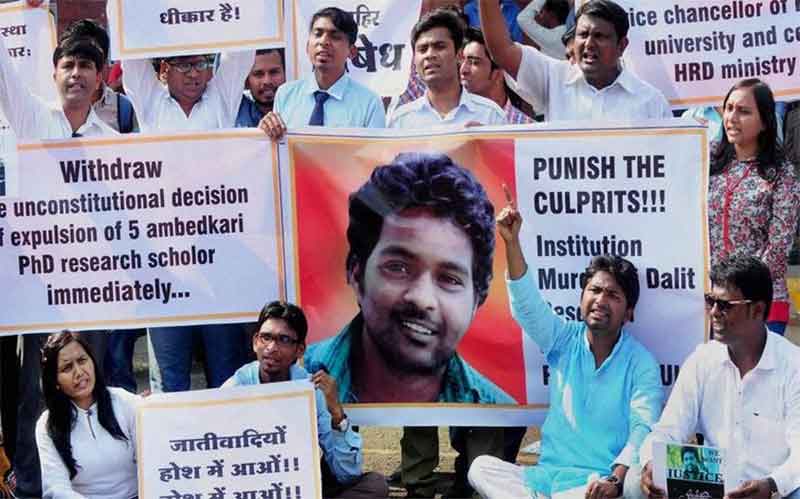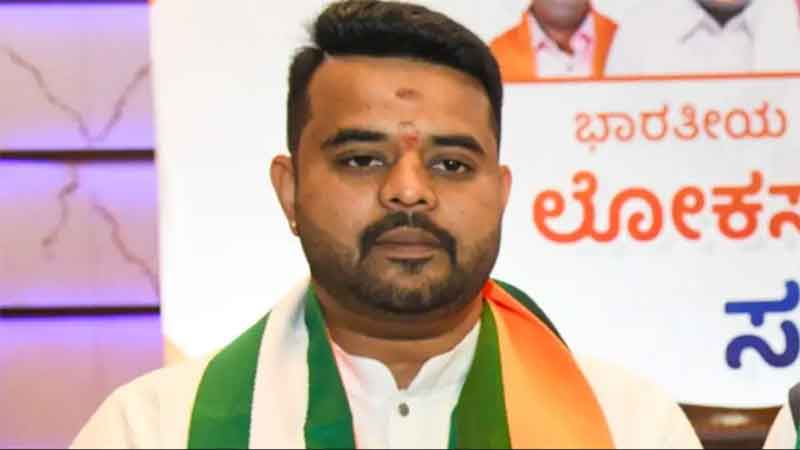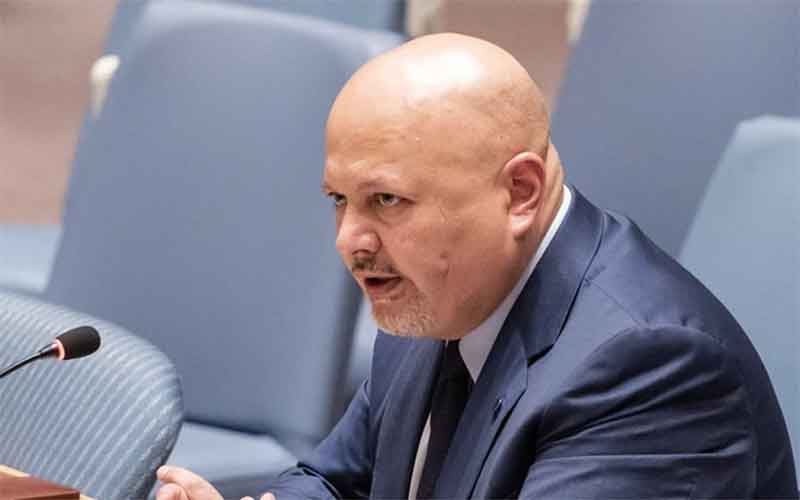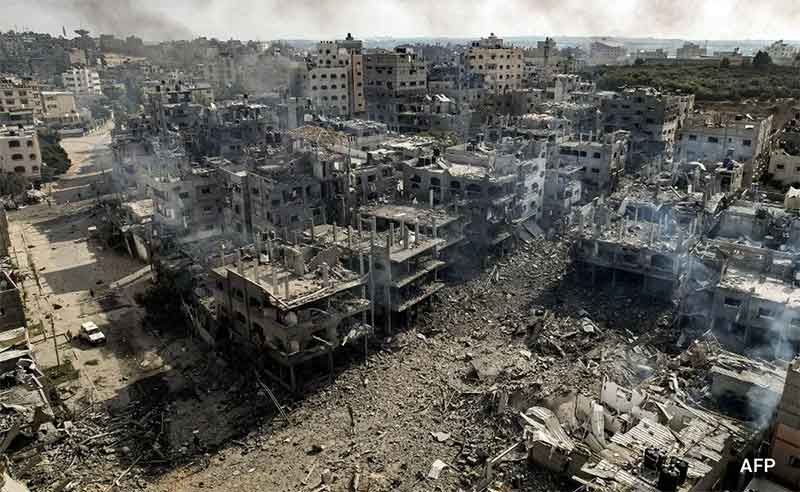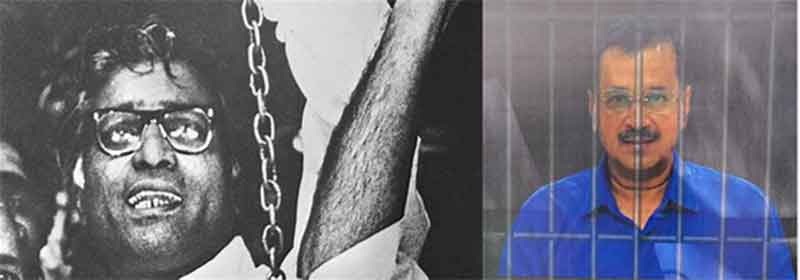
Environment Impact Assessment (EIA) is a regulatory process that aims to strike a balance between economic development and the environment. However, with the recent publication of Draft EIA Notification in March 2020, this balance has been disrupted. It allegedly strikes upon the foundations of the EIA process and emphasizes more on facilitating ease of doing business than the conservation of the environment.
EIA was formally introduced in India through EIA Notification in 1994. Later it got replaced by the 2006 EIA Notification. Environment Impact Assessment is a process that allows the scrutiny of the potential adverse impacts of mining, industrial, real estate, thermal, hydropower, nuclear, infrastructure, and other projects on the environment. These developmental projects are required to obtain an Environment Clearance from the regulatory authority before they can proceed. This process generally involves scoping of the project, fair public participation, appraisal, and compliance with safeguards measures. Consequently, the final decision on a proposed project could result in acceptance, rejection, or acceptance with certain safeguards.
Although the 2020 Draft EIA Notification aims to replace the 2006 Notification, the first generation issues are still relevant today. It is alleged by several academicians, former bureaucrats, civil societies that the Draft EIA Notification of 2020 issued by Ministry of Environment, Forests and Climate Change (MoEFCC) attempts to dilute the Environmental Impact Assessment. In the last few months, there has been a vast reaction against the proposed Draft Notification on many grounds.
Ex post facto clearance: Granting ex post facto environmental clearances to the projects after they have started working (polluting) is detrimental to the environment and could lead to irreversible degradation. Moreover, the polluters are subjected only to a nominal fine for their violation period that can easily be afforded by big corporate houses. Notably, the cost of compliance is significantly higher than the cost of non-compliance. It will allow a violation project to pollute the environment first and later obtain Environmental Clearance, thus leading the process of EIA to be futile. The recent Vizag gas leak case, occurred on 7th May 2020, of LG Polymers belongs to this category where it was operating without necessary clearances for more than two decades. It has claimed 11 lives, injured more than 1000 people, and caused immense destruction to the nearby flora and fauna. It shows how an industry working without EC could be dangerous for human health and the environment. With this draft notification, government is trying to institutionalize a norm that was an exception in 2017. Is it not essential that the government be cautious while drafting provisions that have been ruled contrary to the environmental law principles under different judicial orders? On 1st April 2020, Supreme Court has ordered in Alembic Pharmaceuticals Ltd v Rohit Prajapati & Others that the concept of ex post facto environmental clearance is in derogation of the fundamental principles of environmental jurisprudence. Also, it stated that the notion of ex post facto clearance is contrary to both precautionary principles and sustainable development.
Public Consultation: Public Consultation empowers the local affected persons and others who have a plausible stake in the environmental impact of the proposed project, to raise their concerns for or against the project. This social audit process is based on the principle of natural justice that further enhances transparency in the EIA. It should be fair and involve the maximum participation of the affected people. In Debadityo Sinha v Union of India and Save Mon Region Federation v Union of India, the National Green Tribunal had set aside the EC granted to the projects based on the inappropriate public consultation process. The Draft EIA Notification seeks to reduce and discourage public participation in the Environmental Impact Assessment.
The EIA Notification exempts massive buildings and construction projects from the public consultation process that were required in the previous EIA Notification. It provides a long list of exemptions and lesser scrutiny. Under the Draft Notification, the availability period of the EIA Report before the public hearing has been reduced from 30 to 20 days without any justification. Delhi High Court in Utkarsh Mandal v Union of India emphasized the need to provide information 30 days before the public hearing process. The court highlighted that the affected persons should be fully informed about the proposed project that may cause environmental damage. The Gujrat High Court has noted in the Centre for Social Justice v Union of India that even 30 days is insufficient for this purpose and should be extended. It is no wonder that such a reduction of duration will hamper the whole public hearing process.
Other problematic considerations of Draft EIA Notification: The Draft Notification excludes the role of affected parties, civil societies, and others from reporting the violation of the conditions of EC. Those cases reported by anyone other than project proponent or government authority will not be entertained. Also, earlier, the project proponent was required to submit a bi-annual compliance report, which has now been made annually in the present Draft.
Now before moving further, it is essential to note that before the introduction of Draft EIA Notification, the status of Environment Impact Assessment was not much appreciable. EIA was struggling with several challenges, including necessary reforms in the Expert Appraisal Committee (EAC); inadequate EIAs along with misinformation about the project; non-compliance with EC conditions existed for long in India; non-submission and inaccuracy of compliance reports; lack of adequate monitoring by officials; ignoring the role of local communities affected by the projects, and not engaging them to monitor the violation done by project proponents; EIA experienced bureaucratic delays and red-tapism that only allowed around 20% of the EC applications to be disposed of on time. Though the Courts and Tribunals have repeatedly emphasized to incorporate mechanisms that will strengthen the EIA process, it has still not successfully achieved environmental conservation goals.
At this moment, a fundamental question must be raised: Would it not be appropriate if the 2020 Draft EIA Notification has emphasized more upon addressing its previous core challenges? Indeed, it would have strengthened the Environmental Impact Assessment for present and future developmental projects. Instead of resolving primary implementation challenges, the Draft aims to reduce the existing EIA regulation and encourage violations.
The Draft Notification seeks to facilitate ease of doing business more than responding to environmental concerns. The crucial aspects of the Draft aim to by-pass the procedural delays and limit public scrutiny. Does it mean that EIA is considered as a hurdle in economic development? This old narrative draws inspiration from the Environmental Kuznets Curve hypothesis. The proponents of this curve describe it as a situation where environmental degradation will happen to a certain point until when the country achieves a specific average income. After that, the economy will be invested back to restore ecological destruction. This theory might be relevant in some particular environmental issues like the treatment of air and water pollutants; however, it posses a significant limitation that ecological degradation is irreversible. Once the environmental damages like loss of biodiversity and submersion of coastal lands have occurred, there is no turning back. The importance of the environment is not an alien concept to Indian tradition. Practically speaking, this approach will not genuinely suit the interests of environmental concerns and instead deteriorate the situation for future generations. Thus, economic development cannot be done at the cost of the environment.
This Draft Notification necessitates the need to re-visit the principle of sustainable development. The Supreme Court in Alembic Pharmaceuticals Ltd. case held that, “….Given the social and environmental impacts of industrial activity, environment compliance must not be seen as an obstacle to development but as a measure towards achieving sustainable development and inter-generational equity.” EIA is an opportunity to achieve sustainable development. Without an effective EIA, any project will face difficulty in proving its consistency with sustainable development. Notably, some issues under the EIA Draft Notification contradict the environmental laws and core legal principles. Thus, it is crucial to see that, if adopted, how far it can successfully undergo judicial scrutiny.
Siddharth Singh is a research scholar at the Faculty of Legal Studies, South Asian University, New Delhi.
SIGN UP FOR COUNTERCURRENTS DAILY NEWSLETTER























